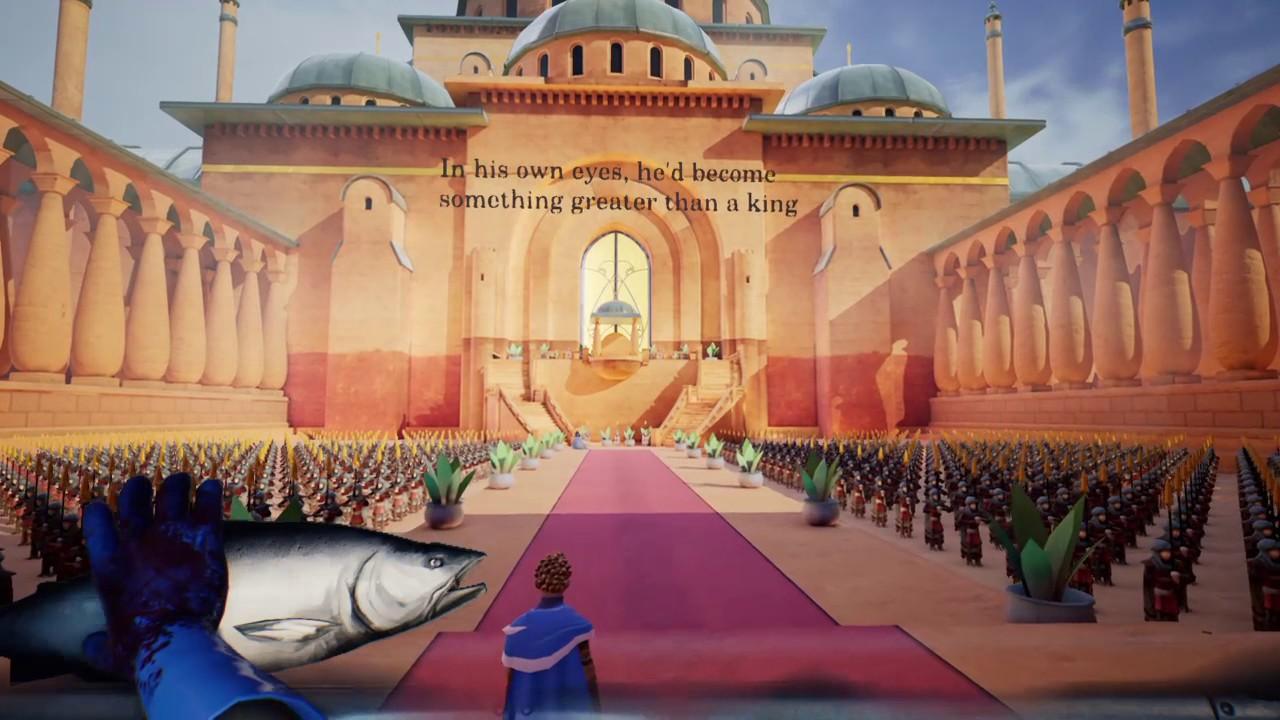What Remains of Edith Finch is a first-person, narrative-focused game that doubles as a walking simulator and a mystery. The story follows seventeen year old Edith Finch, who is the last surviving member of her family, as she returns to her family’s old home to uncover each member’s mysterious past – and untimely death. The delivery of the narrative is delicate, purposeful, and leaves out just enough information that the ambiguity is intriguing, instead of alienating.
The game employs several loops and arcs. The main gameplay loop is as follows: go into a family member’s room → roam and explore → point and click objects that transports the player into the past where the player assumes the perspective of that family member, which then reveals the narrative of how they passed → finish and move to another room. This repeated loop is easily made possible by the architecture of the house: a series of interconnected rooms through secret passages and hatchways. Knowing which room to visit next is made clear through discovering these pathways and the logical progression through the map makes sense.
Each family member occupies an arc in this game. Each arc has different mechanics, music, and variety in visuals. For example, you play through Barbara Finch’s arc through the panels of a graphic novel and Milton Finch’s story is told through a simple flipbook. Lewis Finch’s story – my personal favorite – is an eerie mix of dreamlike imaginative worlds and its stark contrast with the dreariness of real-life, depicted by the gloomy ambience of the cannery. The separateness of the arcs gives the developers the ability to make each arc extremely distinct – not only in terms of story but in terms of visuals, music, and delivery. The game architecture of going into different rooms also spatially compartmentalizes each story within the rooms, so the distinctness between them feels cohesive, rather than jarring. Each room contains vibrant artifact’s of the family member’s life, which supplements the mood of the story the player discovers about them. What Remains of Edith Finch employs the simple gameplay loop of exploring, experiencing, and discovering within each story arc, and the game architecture of interconnected rooms is a perfect design choice for it.






